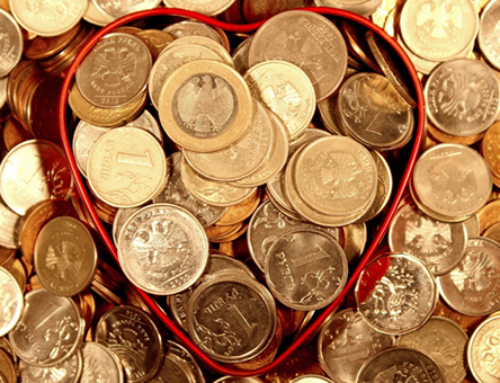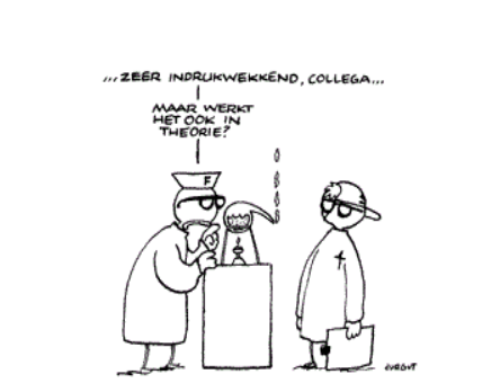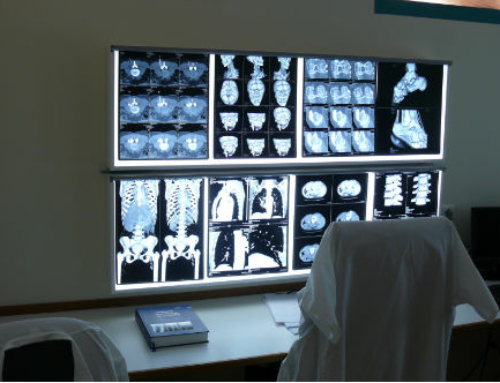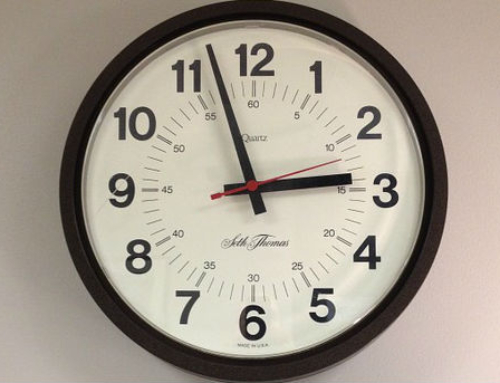The intention
Video 2000 was a video standard developed by Philips and Grundig, as a standard competing with VHS and Betamax. Video 2000 trumped both formats on quality and duration.
The approach
The Video 2000 cassette was slightly larger than the VHS cassette. Unique were the possibilities that there are no fewer than 4 hours on each side of the reversible cassette and an advanced playback system, dynamic track following (DTF), so that even if the recording was paused or played back quickly, a neat image was shown without interference stripes. Unfortunately, the possibilities offered by DTF were not exploited immediately upon introduction. Only the second generation of recorders brought the opportunity for “perfect” still image etc. Meanwhile, the competing systems were equipped with multiple heads, and also offered these the possibility of fancy tricks such as freeze frame and accelerated for- and back, either with interfering stripes. DTF made the system expensive, which was certainly a major cause of its demise. The last generation of recorders was technically very good, but even the most loyal customers failed quickly, and in 1988 the curtain fell for Video 2000. Philips has been producing since 1984 VHS-recorders.
The result
The Video 2000 system was technically superior to both Betamax and VHS, but was launched too late; the VHS standard had already established itself as the de facto home video system, and Philips and Grundig could no longer conquer that position. The computer electronics were far too complicated, and this often led to problems. The Video 2000 recorders were sometimes called carrier pigeons, because they kept coming back to the service department.
Another supposed reason for Video not taking off 2000, often mentioned by Philips technicians, was the lack of available porn in this format. This in contrast to the cheaper and simpler, but “technically inferior” VHS System, for which enough porn films were supplied.
Another reason for the demise of the V2000: it never got off the ground in the US. The extra quality that V2000 had compared to VHS and Betamax would not come into their own there. The TV system used in the US (NTSC) is qualitatively less than the European PAL (or the French SECAM). The extra quality of the V2000 video recorder would therefore not be noticeable, due to the poorer quality of the televisions. So no reason to expect that one would pay more money for a V2000, for which one would not see a better image quality. The advantage of the reversible cassette will of course remain.
The lessons
The power of the porn industry to elevate new technology to the standard is not to be underestimated. In addition, the time to market in this case has been a key to the success of VHS.
Author: Maarten Naaijkens
OTHER BRILLIANT FAILURES
Who finances lifestyle in cardiac rehabilitation?
Beware of the chicken-egg problem. When parties are excited, but first ask for proof, check carefully whether you have the means to provide that burden of proof. And projects aimed at prevention are always difficult, [...]
Brilliant Failure Award Healthcare – 20 to stop coming up with new advice 2024
Wednesday 20 In November, the Brilliant Failure Awards for Healthcare will be organized for the tenth time by the Institute for Brilliant Failures.
Brilliant Failure Award Healthcare – 20 to stop coming up with new advice 2024
Wednesday 20 In November, the Brilliant Failure Awards for Healthcare will be organized for the tenth time by the Institute for Brilliant Failures.











